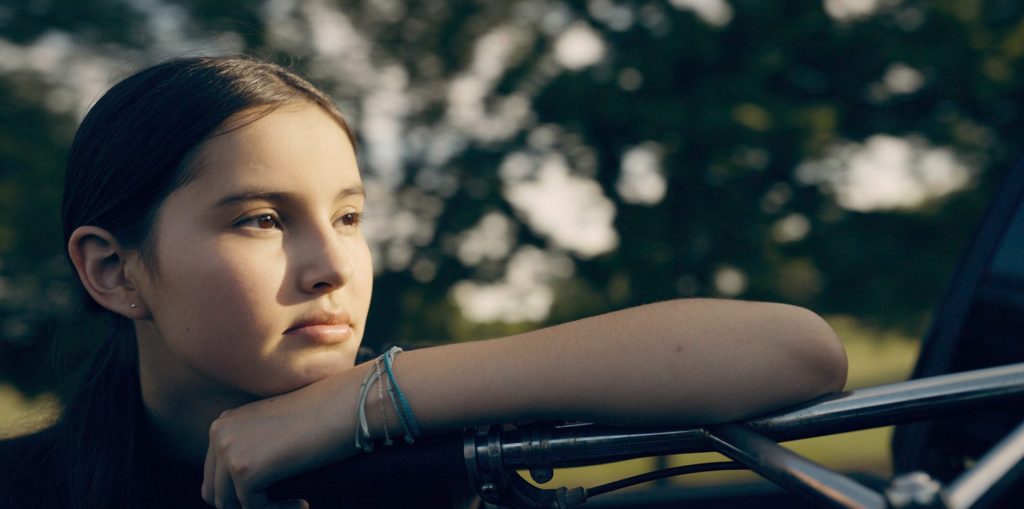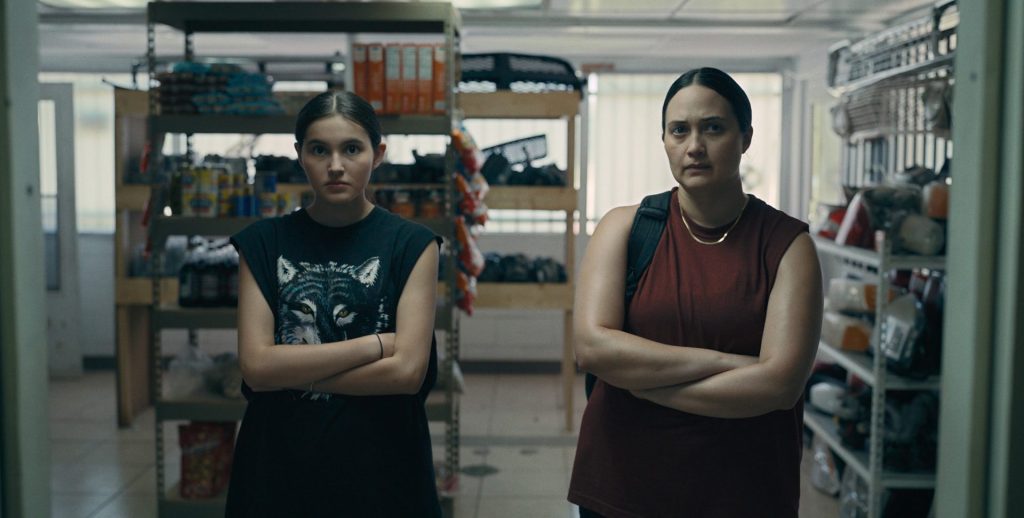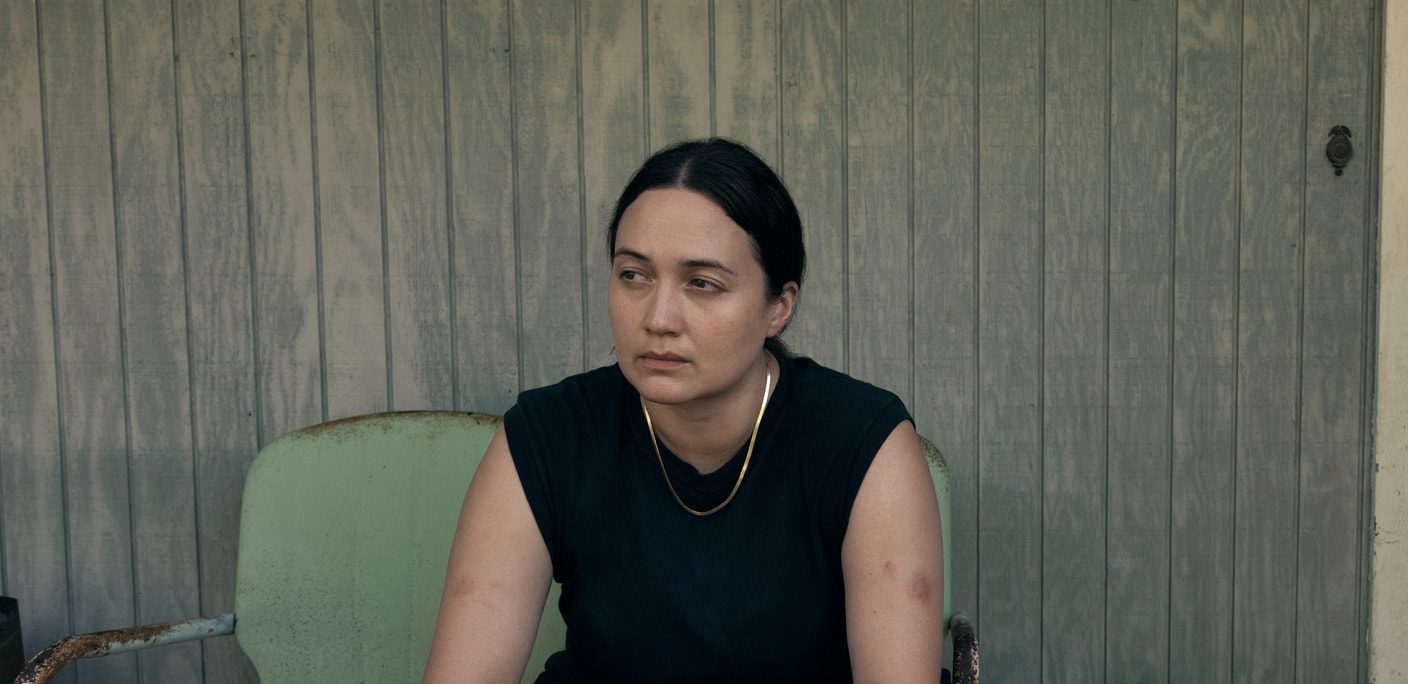In the Apple TV+ drama, ‘Fancy Dance,’ Jax, the aunt of a teenage girl, Roki, who she lives with on the Seneca–Cayuga Nation Reservation, is put in a precarious position when she learns that she could lose custody of her niece to the girl’s father, Frank. Erica Tremblay’s debut feature film follows Jax and Roki as they head out on a journey to uncover the whereabouts of Jax’s sister and Roki’s biological mother. Amidst the familial turbulence, the former also has to help her niece prepare for the upcoming powwow, a collection of dances culturally relevant to the Native American and Indigenous people.
‘Fancy Dance’ explores the bond between an aunt and her niece through an intimate lens akin to a mother-and-daughter relationship. It offers a glimpse into Indigenous culture, their struggles, and the difficulties facing many women from the native tribes. The customary practices of the powwow and the sense of community it engenders among its folks shed light on the language and immersion of the narrative’s thematic elements. With its roots deeply stored in historical, modern, and personal relationships, the genesis of ‘Fancy Dance’ becomes a fascinating subject worth diving into to determine whether it’s based in reality.
Fancy Dance Blends Real Experiences of Native American Women With a Fictional Story
While ‘Fancy Dance’ is a fictional account of two Indigenous women who go on the hunt to find their sister and mother, the story was inspired by the experiences of writer/director Erica Tremblay and her co-writer Miciana Alise as they dug into their Indigenous backgrounds. The two women delved into a world that was very familiar and a touchstone in their identities. Discussing her inspirations, the director told Sag Indie, “At the time, I was doing a language immersion program in my ancestral language, Cayuga, and I learned that the word for mother is “kno:ha” and the word for your aunt on your mother’s side is “kno:ha:ah,” which means little mother.”

Tremblay was intrigued by the idea of developing a maternal-centric narrative with an aunt and a niece at the center of her piece. She was taken by the intensity of the kinship between mothers in the Haudenosaunee culture and their language. Wishing to transfer those deep familial bonds to the screen through a modern retelling, the narrative of Jax and Roki and the search for their loved one became the primary crux of ‘Fancy Dance.’ She said, “I had this image of these two women dancing together, and then it became a fun game of how to get them there. I brought on my co-writer Miciana Alise, an incredible Tlingit writer, and we embarked on writing the story together.”
As she was raised in the same reservation depicted in the narrative, Tremblay felt directly connected to the world and community portrayed in the film. She could identify with the struggles and fears of Jax and Roki, having grown up with a white father who might take her away from her people at any given time. Those same personal landmarks are explored through the characters in the film. “I had a white dad,” she told Film Festival Today, “and I had grown up in the fear of what that means in terms of at any time could my sister and I be removed from my mother and be removed from our community. I wanted to explore those things in the film with Frank and Nancy, Roki’s grandparents, who kind of represent family members that I had, but it’s not biographical in any nature, just pulling from experiences.”
Tremblay and Alise developed a close bond during the process of writing the script. Their experiences in the culture made them well-versed in the tragic reality of the number of missing women among the Indigenous communities. Tremblay has a straight relation to those issues because of her work as an advocate in the National Indigenous Women’s Resource Center. However, she reiterated, “I wouldn’t say that I set out on any sort of research project to put it in this film because it’s just how I grew up, and it’s how Miciana grew up. If there was any kind of research done, I guess it might’ve just been around, well, how would law enforcement specifically handle these sorts of things? Because the rest of it, I think, just kind of came out naturally from lived experiences.”
Alise was also confident in her background in the Indigenous community, as she felt it added valuable and structured knowledge to delve into the real topics afflicting her people. In an interview with The Seattle Times, she elaborated on the partnership between her and Tremblay. “I would write a scene, send it to her, she would write over it, and then send it back,” she said. “Then we’d pick through it together,” Alise said. “It was just really cool to see how similar our experiences as Native women are because it did flow together so seamlessly. Even on opposite sides of the country and from two different tribes, that’s how common these experiences are.”
Fancy Dance Originated As a Short Film
Before becoming a feature, ‘Fancy Dance’ started its cinematic journey as a short film titled ‘Little Chief’ that premiered at the Sundance Film Festival 2020. It was received well during the festival run, and afterward, the director, Erica Tremblay, was asked by a host of attending people if she would turn it into a feature or a show. “I’ve explored this world and this character,” she said, “but I kind of got the feeling that people were really interested in a character like that and so I thought, ‘Okay, well maybe I’ll write a feature film that’s kind of in that same world, but with new challenges and a new story.’ So I called [Lily Gladwell] up and I was like, ‘Lily, I want to write a feature with you,’ and so really, I think, March of 2020 is when heavy development started on the project.”

As a result of the appreciation shown for the subject matter, the director transferred the essence of her short film into a richer and more comprehensive exploration of her initial concepts. Although its narrative remains confined to fiction, the themes of motherhood, broken families, cultural heritage, identity, and community remain steadfastly tied to the experiences of many Indigenous people growing up in reservations and among their tribal localities. Instead of lecturing or providing directives to the viewer, the film explores those themes in a personal and grounded manner through its two central characters, who experience everything firsthand.


You must be logged in to post a comment.